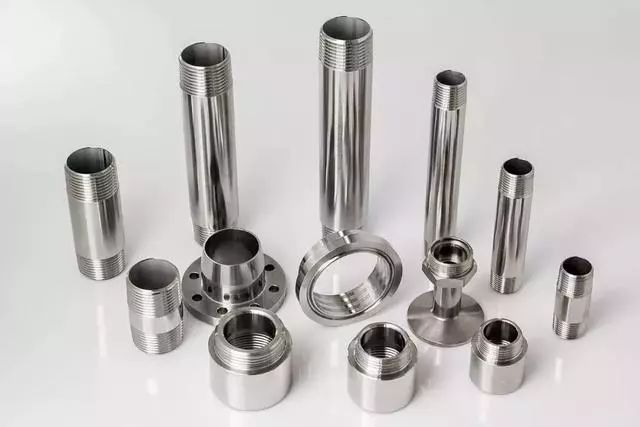Keyword: CNC machining parts Auto Spare Parts Milling machining Turning parts Grinding machining
Contact person: Nick Lee
Phone: (86) 15362887736
E-mail: sales03@dgmtwj.cn
Tel: (86) 769-88388276
Factory: No.2, Baidai Industrial Park, Daojiao Town, Dongguan, China ,
Stainless steel is the abbreviation of stainless and acid-resistant steel. The steel that is resistant to weak corrosive media such as air, steam and water or has stainless steel is called stainless steel; Corroded steel is called acid-resistant steel.
Stainless steel refers to steel that is resistant to weak corrosive media such as air, steam, and water, and chemically corrosive media such as acid, alkali, and salt, also known as stainless acid-resistant steel. In practical applications, the steel that is resistant to weak corrosive media is often called stainless steel, and the steel that is resistant to chemical media corrosion is called acid-resistant steel. Due to the difference in chemical composition between the two, the former is not necessarily resistant to chemical media corrosion, while the latter is generally stainless. The corrosion resistance of stainless steel depends on the alloying elements contained in the steel.

Common classification:
Usually divided into:
Usually, according to the metallographic structure, ordinary stainless steel is divided into three categories: austenitic stainless steel, ferritic stainless steel, and martensitic stainless steel. On the basis of these three basic metallographic structures, for specific needs and purposes, dual-phase steels, precipitation-hardening stainless steels and high-alloy steels with an iron content of less than 50% are derived.
1. Austenitic stainless steel.
The matrix is dominated by austenite structure (CY phase) of face-centered cubic crystal structure, non-magnetic, and is mainly strengthened by cold working (and may lead to certain magnetic properties) stainless steel. The American Iron and Steel Institute is designated by numbers in the 200 and 300 series, such as 304.
2. Ferritic stainless steel.
The matrix is dominated by the ferrite structure ((a phase) of the body-centered cubic crystal structure, which is magnetic and generally cannot be hardened by heat treatment, but can be slightly strengthened by cold working. The American Iron and Steel Institute is marked with 430 and 446.
3. Martensitic stainless steel.
The matrix is a martensitic structure (body-centered cubic or cubic), magnetic, and its mechanical properties can be adjusted by heat treatment. The American Iron and Steel Institute is designated by the numbers 410, 420 and 440. Martensite has an austenite structure at high temperature, and when cooled to room temperature at an appropriate rate, the austenite structure can be transformed into martensite (ie, hardened).
4. Austenitic-ferritic (duplex) stainless steel.
The matrix has both austenite and ferrite two-phase structure, and the content of the less-phase matrix is generally greater than 15%. It is magnetic and can be strengthened by cold working. 329 is a typical duplex stainless steel. Compared with austenitic stainless steel, dual-phase steel has high strength, and the resistance to intergranular corrosion and chloride stress corrosion and pitting corrosion are significantly improved.
5. Precipitation hardening stainless steel.
The matrix is austenite or martensitic structure and can be hardened by precipitation hardening. The American Iron and Steel Institute is marked with a 600 series number, such as 630, which is 17-4PH.
Generally speaking, in addition to alloys, the corrosion resistance of austenitic stainless steel is relatively excellent. In a less corrosive environment, ferritic stainless steel can be used. In a mildly corrosive environment, if the material is required to have high For strength or high hardness, martensitic stainless steel and precipitation hardening stainless steel can be used.